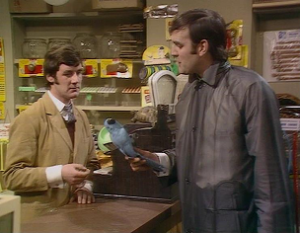 A lot of people tend to turn off the critical thinking the minute Google comes to town with their Magic Fiber Elixir. I’ve already spilled a lot of digital ink on why I think it’s a bum deal, so I don’t need to rehash that here. What does need to be asked is if their slick online marketing campaigns and brand power are being used to avoid any level of accountability from the cities they make deals with. Right now, I think the answer is a resounding yes.
A lot of people tend to turn off the critical thinking the minute Google comes to town with their Magic Fiber Elixir. I’ve already spilled a lot of digital ink on why I think it’s a bum deal, so I don’t need to rehash that here. What does need to be asked is if their slick online marketing campaigns and brand power are being used to avoid any level of accountability from the cities they make deals with. Right now, I think the answer is a resounding yes.
I’ve heard from multiple sources, some of them very close to Google Fiber, that take rates in Provo are not only well below Google’s expectations but below what Veracity had achieved while they still operated the network. The estimates I hear put take rates in the low-20s whereas Veracity had peaked around 30%. That giant plunge would be almost the entirely of the MDUs taking service from the last time those numbers were available. Part of this is to be expected. Google offered up a “free” tier of service for seven years to anyone who paid a pittance of a connection fee. In student-heavy Provo, it shouldn’t be much of a surprise that this ended up being a very, very popular route to getting online.
I know some people are saying “so what? The network is theirs to make flourish or fail.” That’s not quite true, though. If you look very carefully at the contracts, the city has the right of first refusal to get the network back for the $1 that Google paid to use it. The odds of the city not exercising that right are extremely low. Citizens are still paying for the bonds via a utility fee. There is an immense public interest at stake here should Google decide to pull out of the business any time after the end of their seven-year obligation. When the city handed the network over to Google, it was covering operating expenses and the bond. A 25% hit on subscribers means going right back to propping it up from city coffers.
When the city owned and managed the network, there were monthly reports on subscribers and revenues broken down into segments. Once Broadweave came in (and was later acquired by Veracity), most of the numbers were sealed up as company trade secrets and the only public data was if the payments were being made or not. Veracity was more open that Broadweave about take rates and network challenges, but there was still a lot of data left up to speculation.
Once Google came in, the meager data dried up. I have little confidence that either Google or Provo’s elected officials (looking at you, Mayor Curtis) would give anything resembling a direct answer if asked, assuming they gave any response at all. Even worse, it seems that journalists who proudly proclaim to be the public watchdog aren’t going to even ask those kinds of questions, uncritically reprinting each press release as gospel truth.
If you live, work, or have any personal interest in Provo, you should pushing for answers before the city inherits another financial mess.





